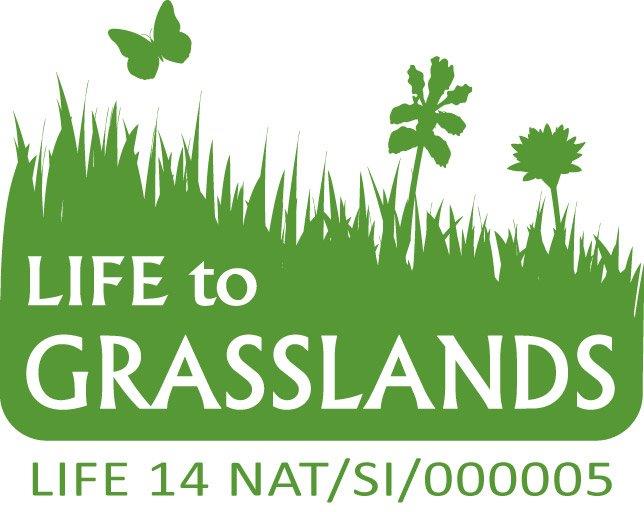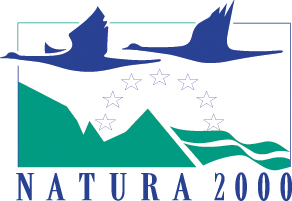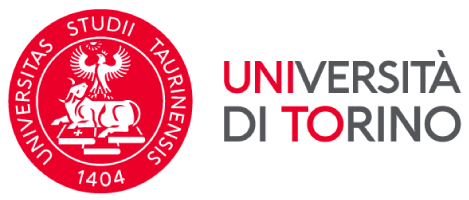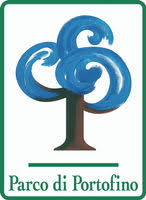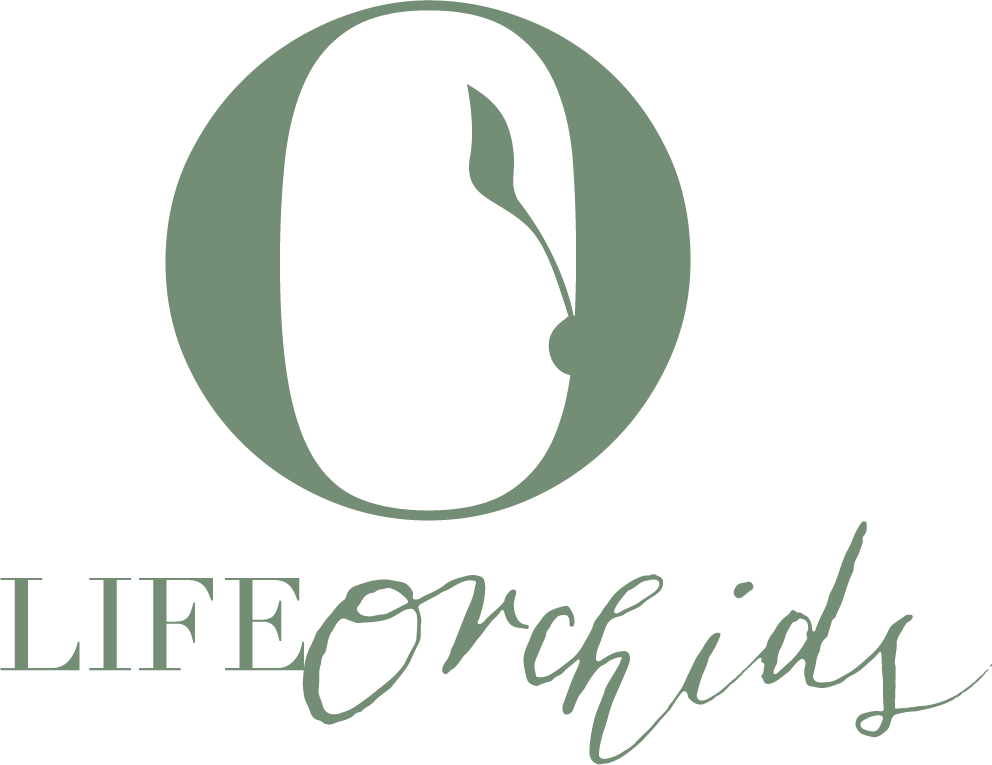The project aims to conserve and restore the dry grasslands with orchids priority habitat within a representative area of the “Oasi xerotermiche della Val di Susa – Orrido di Chianocco e Foresto” Natura 2000 site. The project will define a restoration methodology (guidelines) and will implement actions that will lead to the conservation and restoration of significant portions of this habitat.
As a result, the project will be able to produce technical guidance that could be applied in the Cottian Alps (Alpi Cozie) Natural Parks (and other SCIs) in order to ensure sustainable and long-term management of the habitat. In particular, the project aims to:
- Restore shrub and tree-encroached areas (about 20 hectares of 6210*) through cutting of invasive vegetation;
- Define a methodology and guidance for sustainable grazing and apply these to about 80 hectares of dry grasslands (e.g. by buying sheep and arranging grazing equipments);
- Develop the tourist potential of the area and encourage participation and thus greater awareness of issues related to the use of natural resources.


 Location: All Latvian regions
Location: All Latvian regions